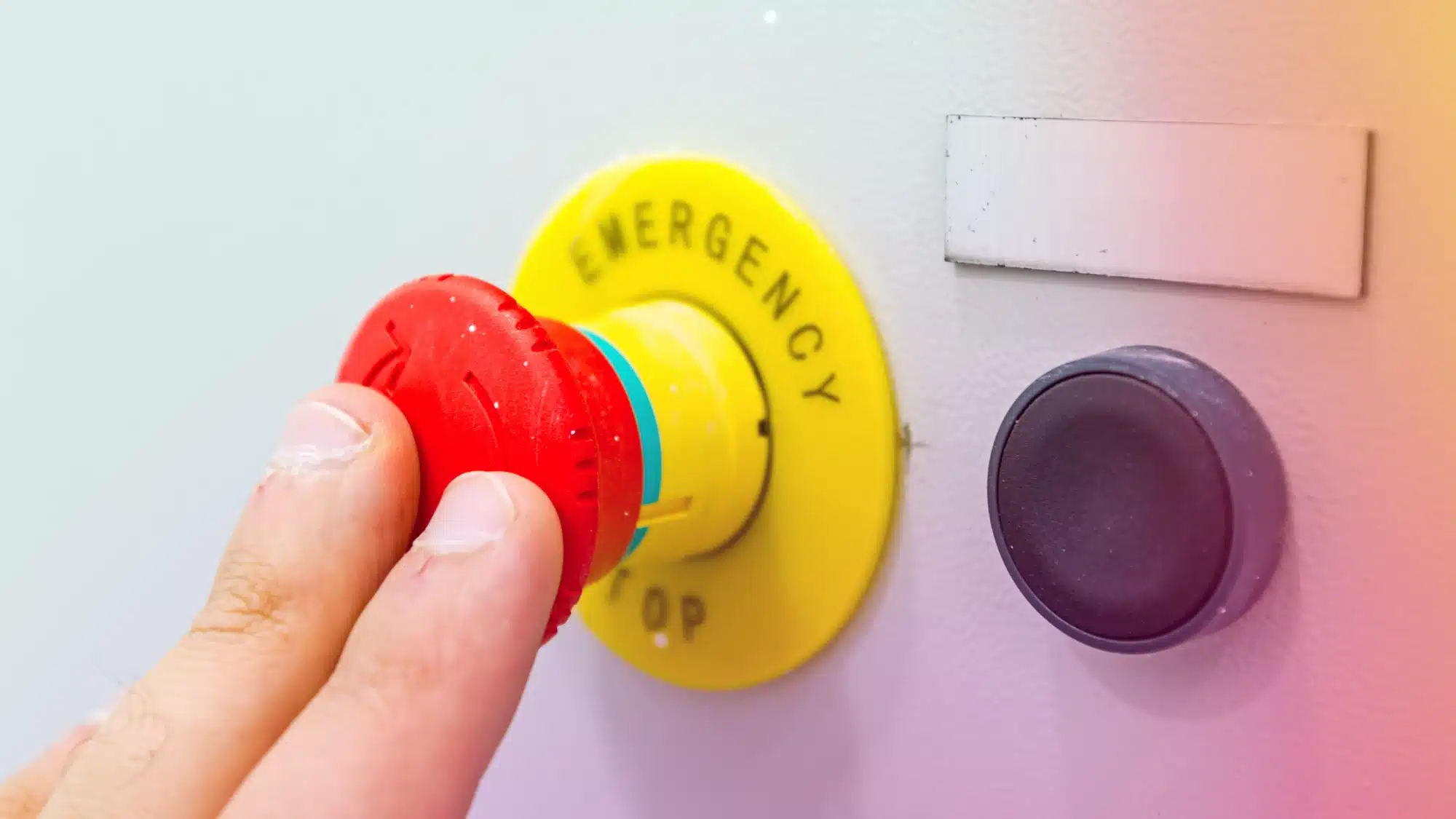August 29, 2025

Ensuring the safety of employees, students, and visitors is a top priority for any organization. As part of a smart property management strategy, installing a panic button system can provide rapid emergency response and peace of mind. However, before making this critical investment, it’s essential to ask the right questions to ensure the system meets your unique needs and regulatory requirements.
Why Consider a Panic Button System?
Panic button systems have become a cornerstone of modern workplace and school safety. They offer a discreet, reliable way to summon help during emergencies, from unauthorized intrusions to medical incidents or workplace violence. With evolving technology and increasing safety regulations, these systems are now standard practice in smart property management.
Key Questions to Ask Before Installation
1. What Are Our Specific Safety Risks?
- Assess your environment: Identify the most common threats—such as intrusions, medical emergencies, or violence—that your staff or students may face.
- Location matters: Determine if certain areas (e.g., reception, classrooms, remote offices) are at higher risk and require special attention.
2. Are We Compliant with Relevant Regulations?
- Understand legal requirements: Ensure the system complies with OSHA, state workplace safety laws, and any industry-specific standards (such as HIPAA for healthcare or local education codes).
- Coverage for all staff: Confirm whether temporary, contract, or lone workers are included, as regulations often require panic buttons for anyone working alone or out of line-of-sight from others.
3. What Type of Panic Button System Suits Our Needs?
- Wired vs. wireless: Decide between wireless systems for easy installation and flexibility, or wired systems for permanent setups.
- Wearable vs. fixed: Consider if staff need wearable devices for mobility or desk-mounted/fixed buttons for specific locations.
- Integration: Ask if the system can integrate with your existing security infrastructure, such as access control or video surveillance, for a comprehensive smart property management solution.
4. How Fast and Reliable Is the Emergency Response?
- Instant alerts: Ensure the system provides rapid notification to security personnel or emergency services.
- Discreet activation: The button should be easy to use and inconspicuous, allowing for quick action in high-stress situations.
5. What Features Support Incident Management and Reporting?
- Audit trails: Look for systems that offer incident reporting and audit trails to document emergency responses and support compliance.
- Scalability: Confirm the system can be expanded or customized as your organization grows or as regulations change.
6. What Are the Costs and Maintenance Requirements?
- Upfront and ongoing costs: Request a clear breakdown of installation, equipment, and maintenance expenses.
- Support and training: Ask about user training, technical support, and system updates to ensure long-term reliability.
Smart Property Management: The Bigger Picture
Integrating a panic button system is a proactive step in smart property management. It not only enhances safety but also demonstrates your commitment to protecting people and assets. As technology evolves, features like AI-driven threat detection and seamless integration with other smart systems will further strengthen your security posture.
Final Thoughts
Before installing a panic button system at your workplace or school, take the time to ask these critical questions. By doing so, you’ll ensure your investment aligns with your safety goals, regulatory obligations, and the principles of smart property management.
Lynx Systems LLC is here to help you navigate the options and implement the right solution for your organization’s needs.

